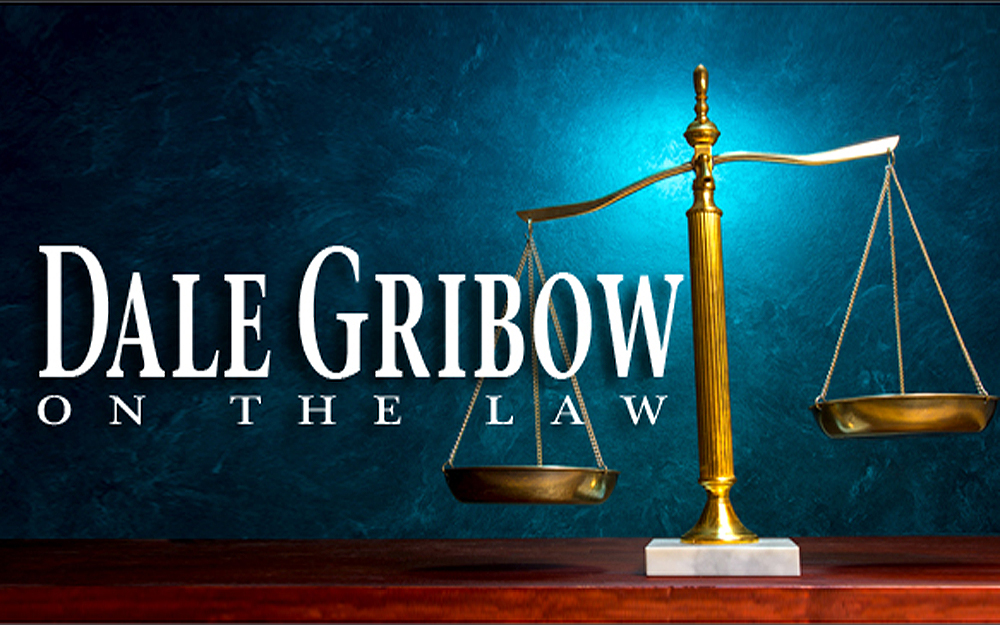
You can’t read the paper without reading about negligence in some form. But what is Negligence? In the first year of law school all law students have a class called TORTS. A Tort is a simply a civil wrong and the most common is negligence. That is the basis of all accident cases.
We are taught that negligence is the failure to act as a reasonably prudent person would in similar circumstances. This is the Reasonable Man Test. However the determination regarding who is reasonable and prudent is often left in the hands of those who, themselves, are not reasonable and prudent. Of course I am referring to the jurors.
This last statement may be seen as my being cute. However, look at it from the perspective of the court room. Plaintiff attorneys, who represent the injured party, work to convince jurors that the defendant failed to act in a reasonable manner resulting in injury or damage to their client. Defense attorneys try to counter the argument and cloud the waters to confuse the jurors.
We plaintiff attorneys have emotion on our side and defense attorneys have only factual evidence to present. In that regard we look at the elements of negligence? What is required for a person or entity to be considered “Negligent?”
To prove negligence 4 things are needed:
1) A duty to act or not act
2) Failure to act or not act as required by the duty
3) Injury or damage occurs
4) Proximate cause.
Proximate Cause is often referred to as an unbroken chain of events, with no intervening incidents, between the failure to act and the injury or damage. If there are any intervening causes, negligence is questionable.
From an emotional standpoint, the plaintiff wants the jury to sympathize or feel sorry for the person that was injured and for the juror to put themselves in the same place. In that regard when a plaintiff lawyer chooses a jury, referred to as voir dire, s/he looks for a juror that can relate to the plaintiff.
Sometimes it is someone who is the same age, sex, type of work, same background etc. In other words a juror who can think “but for the grace of god go I”. A juror who feels this way is more likely to award a positive and higher verdict for the plaintiff. The defense wants the opposite and kicks off “challenges/excuses” that juror.
We often speak of a jury of our peers. A plaintiff lawyer thinks of this as someone that is like the plaintiff. With the OJ Simpson murder case for instance, the crime occurred in Brentwood (West LA) and the case should have been sent to the Santa Monica Court. However there had just been tremendous quake damages and many of the Santa Monica courtrooms were closed from damage.
Thus the case was sent to downtown LA where there were courtrooms available. Everyone is the judicial system knew that if the case was sent to LA it would be more likely to be a jury of OJ’s peers…and result in a not guilty verdict. The complexion of the downtown jury was a lot more African American and other minority groups. These would favor OJ.
In the past many LA jurors have had run in’s with the police and were more susceptible to the argument the police were lying and trying to frame OJ. Thus they were more likely to believe the argument if the “glove doesn’t fit you must acquit.”
The Santa Monica Jury pool would have more Caucasian and middle or upper middle class jurors who did not have the same experiences as African Americans and did not believe the police ever acted improperly. Trying to get a balance of these jurors is the trick.
Suggestions for future articles: 760-837-7500/dale@dalegribowlaw.com.
DALE GRIBOW
“TOP LAWYER” – Palm Springs Life-(DUI/PI)-2011-17
“TOP LAWYER”- Inland Empire Magazine Nov. ’16
PERFECT 10.0 AVVO Peer Rating












































